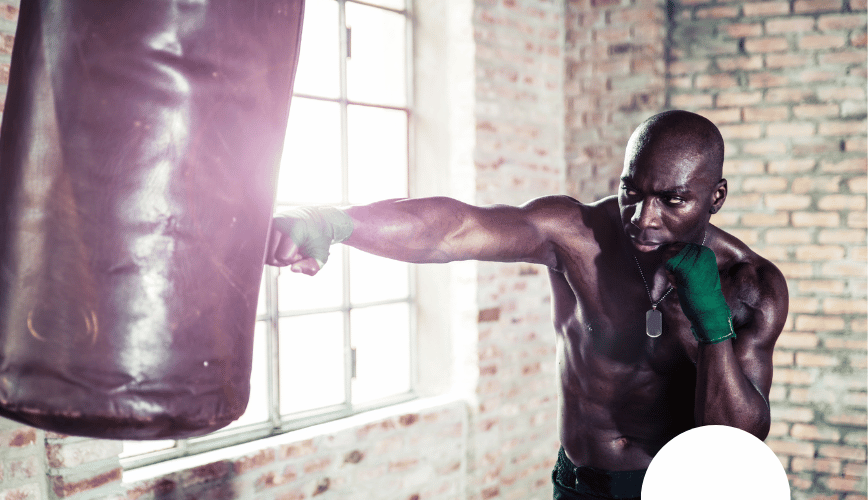What Boxing Weight Class Am I? A Guide to Finding Your Perfect Weight Class
Boxing is a sport that requires a lot of discipline, skill, and strategy.
One of the most important aspects of boxing is finding the right weight class for your body type and skill level.
At Jonathan Chicas Boxing School, we help determine the appropriate boxing weight class based on body weight, skill level, and body type.
In this guide, we answer the following questions:
- What are the different boxing weight classes?
- How do I determine my boxing weight class?
- What happens if I’m between weight classes?
- What are the benefits of competing in the right weight class?
What are the different boxing weight classes?

Boxing weight classes are divided into various divisions, each with its own weight range.
Here are the main weight classes recognized by most boxing organizations:
- Strawweight: Up to 105 pounds
- Flyweight: 106 to 112 pounds
- Bantamweight: 113 to 118 pounds
- Featherweight: 119 to 126 pounds
- Lightweight: 127 to 135 pounds
- Welterweight: 136 to 147 pounds
- Middleweight: 148 to 160 pounds
- Light heavyweight: 161 to 175 pounds
- Heavyweight: Over 175 pounds
Each weight class has a maximum weight limit, and fighters must weigh in at or below that limit in order to compete in that division.
How do I determine my boxing weight class?
To determine your boxing weight class, you’ll need to consider two main factors: your body weight and your skill level.
First, weigh yourself to determine your current weight. Then, consider your skill level. If you’re a beginner, you may want to start in a lower weight class to gain experience and confidence. If you’re an experienced boxer, you may be able to compete in a higher weight class.
It’s also important to consider your body type. If you have a lean, muscular build, you may be better suited for a higher weight class. If you have a smaller, lighter frame, you may be better suited for a lower weight class.
What happens if I'm between weight classes?
If you’re between weight classes, you may need to decide whether to compete in a higher or lower weight division. This decision will depend on your goals and your body type.
If you’re a beginner or you’re not sure which weight class to compete in, it’s often best to start in a lower weight class. This will give you a chance to gain experience and confidence before moving up to a higher weight class.
What are the benefits of competing in the right weight class?
Competing in the right weight class can make a big difference in your performance and overall success as a boxer.
If you’re in a weight class that’s too high or too low for your body type, you may struggle to perform at your best and may be at a disadvantage against opponents who are better suited for their weight class.
By competing in the right weight class, you’ll be able to maximize your strengths and minimize your weaknesses. You’ll also be able to compete against opponents who are more evenly matched in terms of size and skill level.
Ready to get started?
Finding the right weight class is an important part of boxing. By considering your body weight, skill level, and body type, you can determine which weight class is best for you. Remember, it’s better to compete in a lower weight class and gain experience than to compete in a higher weight class and struggle to perform at your best. With the right weight class, you’ll be able to maximize your strengths and achieve your full potential as a boxer.
